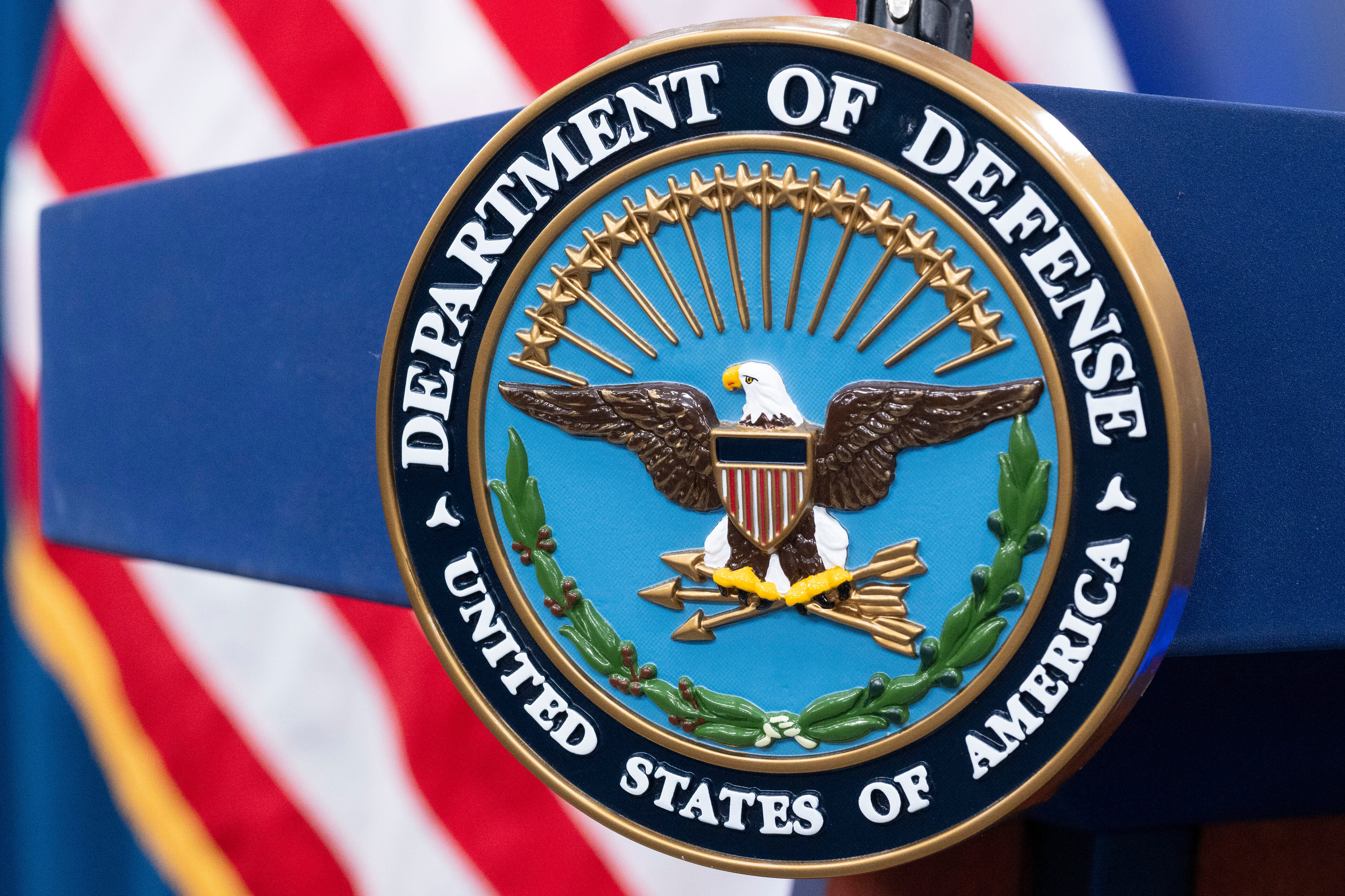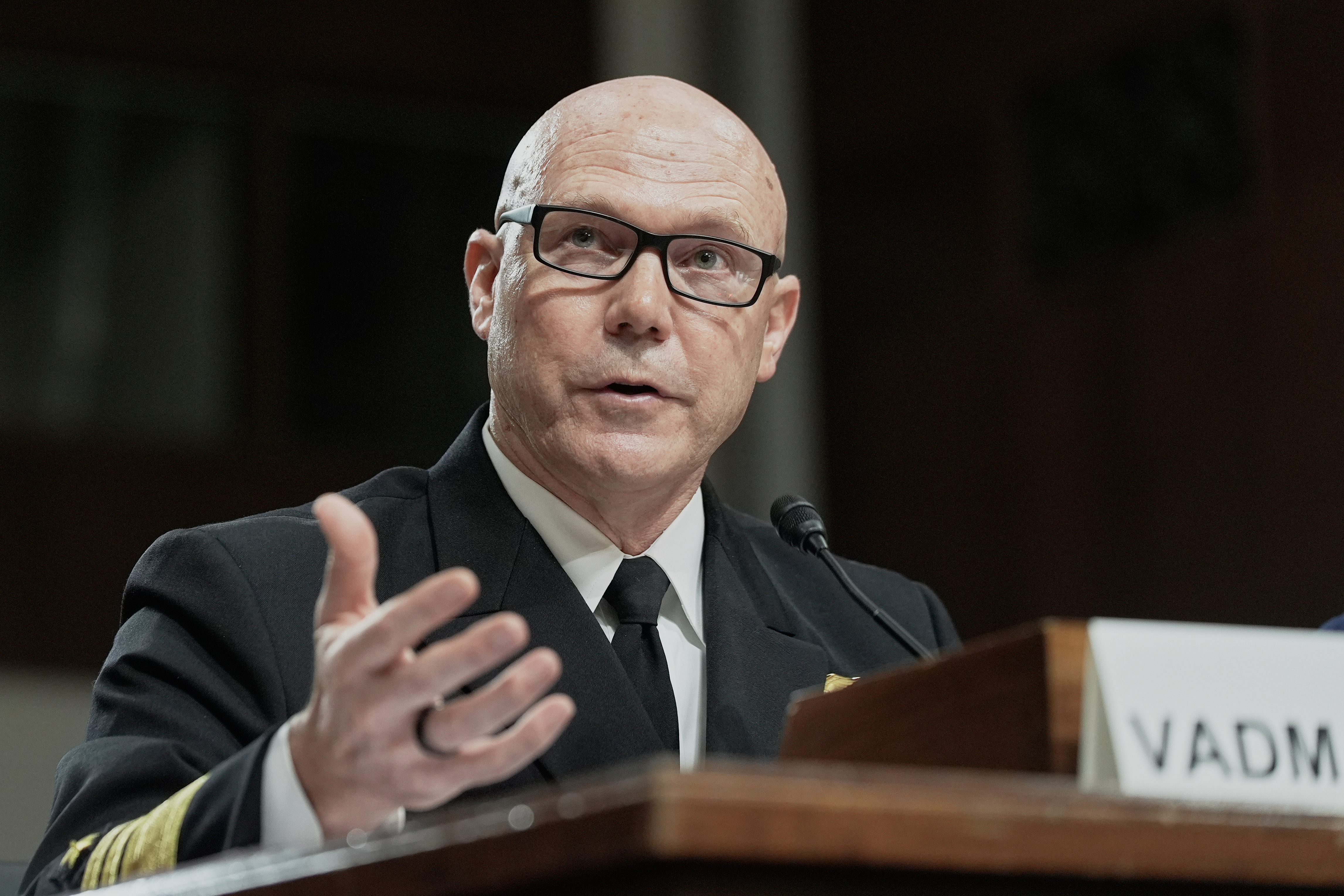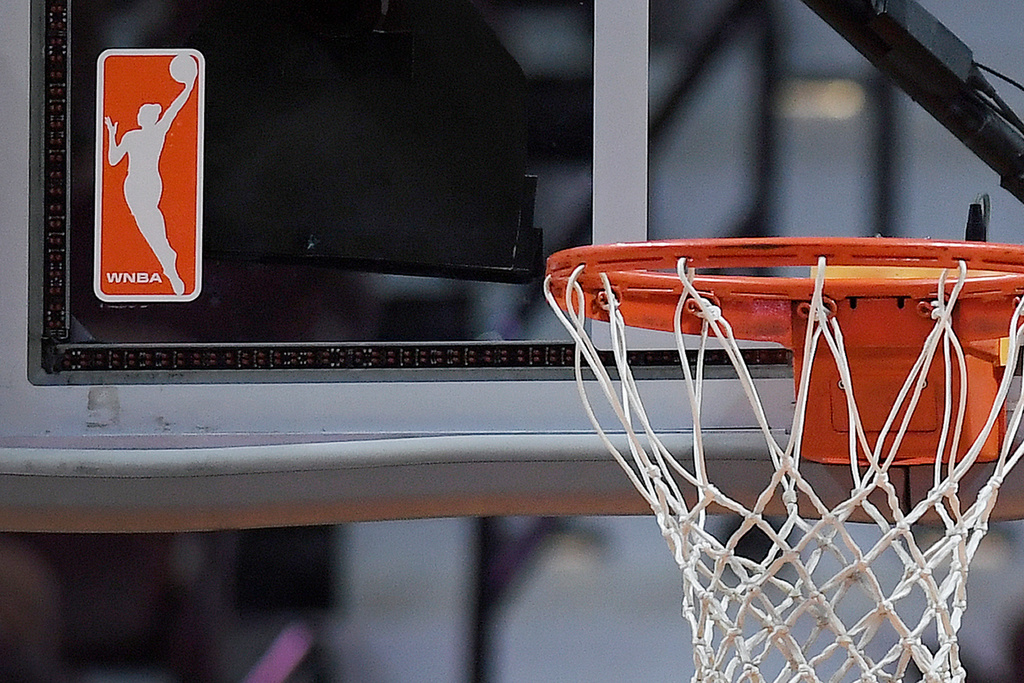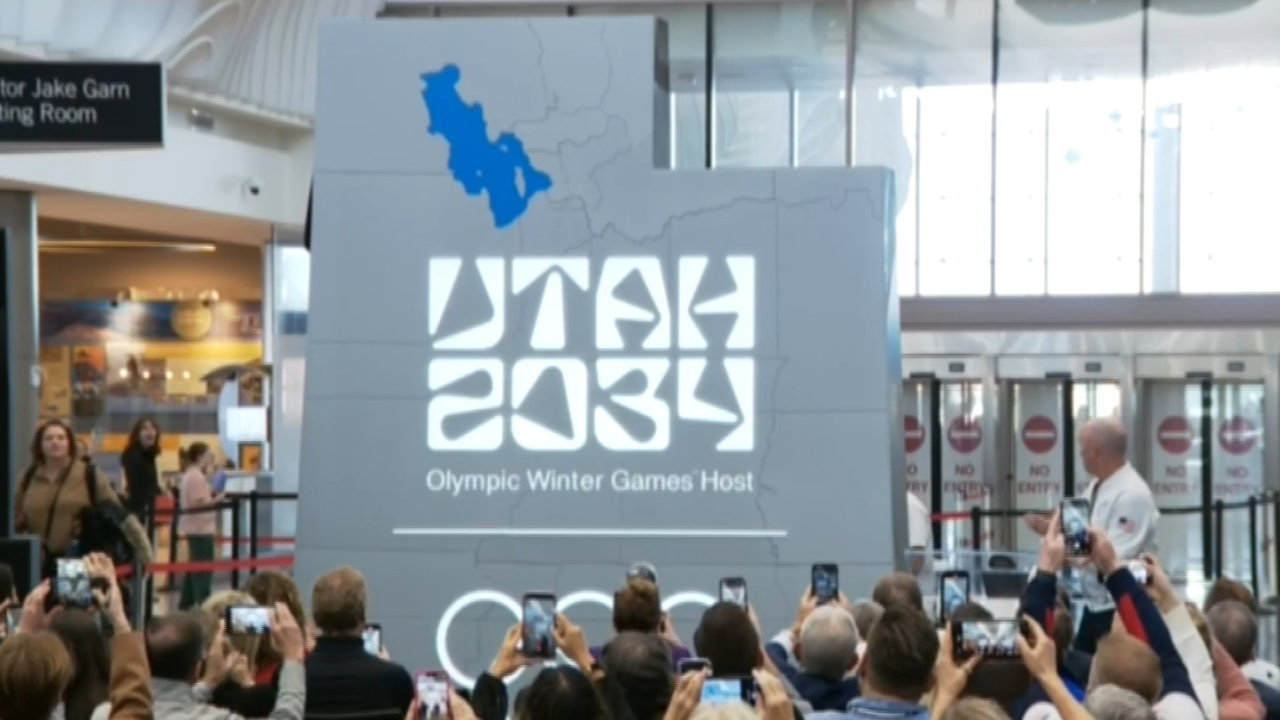It's been two years since the tragic bombing at the 2013 Boston Marathon killed three and injured dozens. Since then, the iconic marathon has changed.
One of the biggest changes starts with bomber Dzhokhar Tsarnaev.
"So many people in that courtroom waiting for justice, wanting for justice," CNN's reporter said.
Tsarnaev was convicted earlier this month on 30 counts, including use of a weapon of mass destruction. That, among many of the other charges, carries a life sentence.
It's still undecided whether Tsarnaev will face a lifetime in prison or be sentenced to death. Tsarnaev's sentencing begins this week and could last for just a few weeks.
Since the bombings, tighter security and restrictions have been in place. Boston Marathon race director Dave McGillivray told ESPN this year's security plan is drastically different from 2013, but just slightly different from last year's. (Video via The Boston Marathon)
"Because [the plan] was successfully carried out last year, we didn’t have to reinvent the wheel all over again."
The International Business Times writes part of those measures include smaller crowds along the runners' paths, random bag searches, larger medical teams and an increased police presence. Also on that list are drones — or the lack thereof. (Video via WHDH)
Boston Marathon officials said Monday's race would be a "no drone zone" and they'd be using anti-drone technology to make sure none are flown.
The 119th Boston Marathon is expected to include more than 30,000 runners and 9,000 volunteers.
This video includes images from Getty Images.










